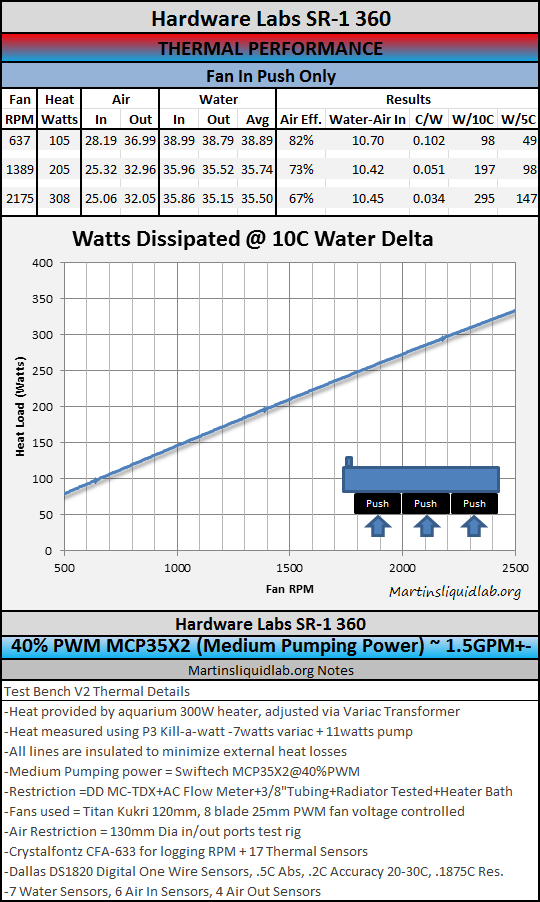Okedokey
Well-Known Member
Look, forget the maths. There are two types of radiators, high a low flow. If you're going for high fan speeds use low flow, if you're going for low fan speeds use high flow.
Every set up is different. The pump pressure / water flow is actually one of the most significant factors.
Every set up is different. The pump pressure / water flow is actually one of the most significant factors.



